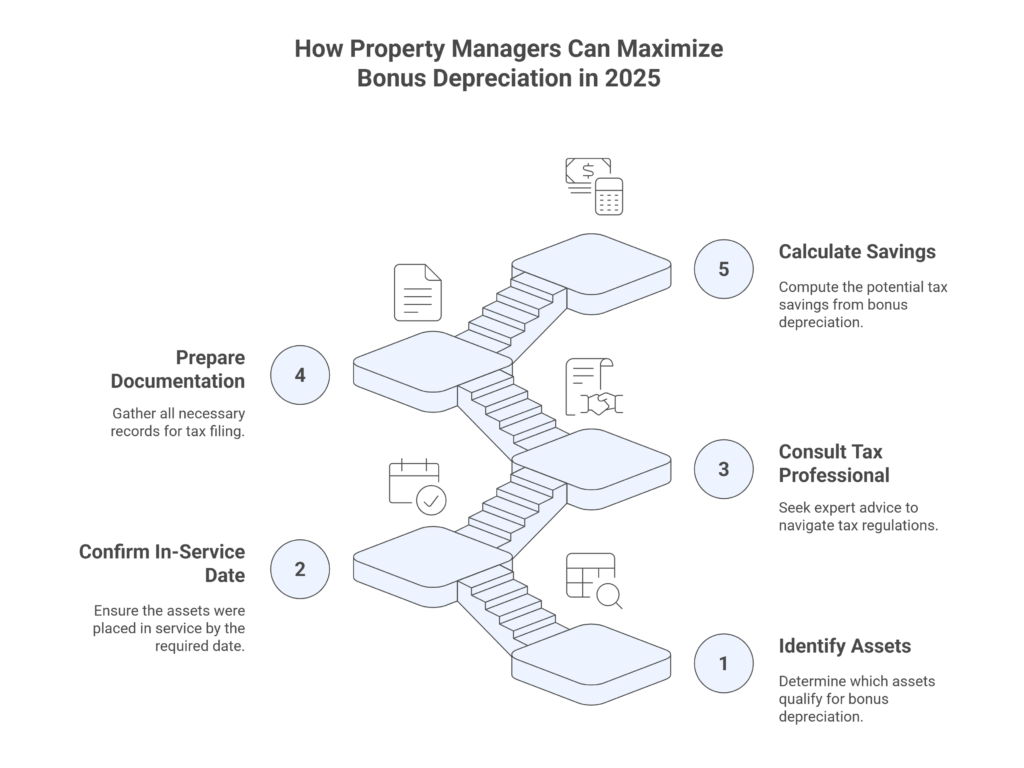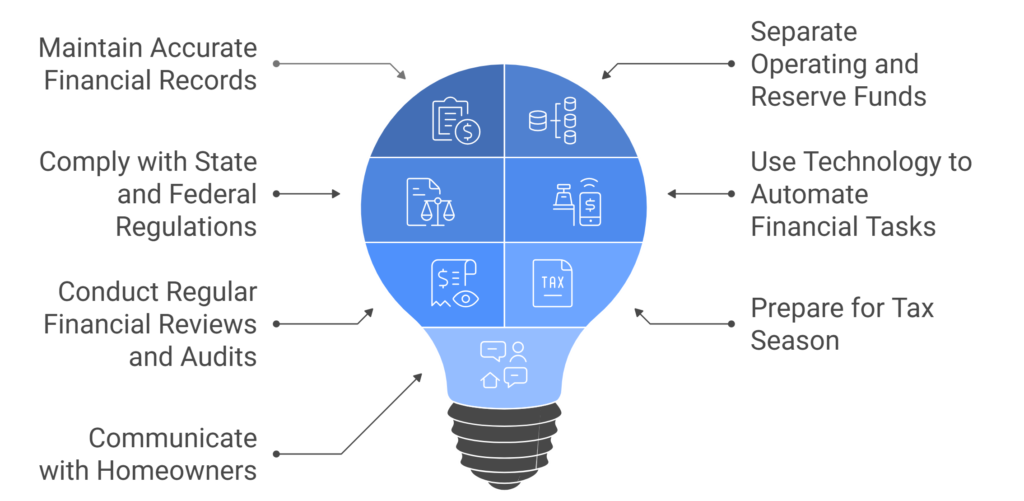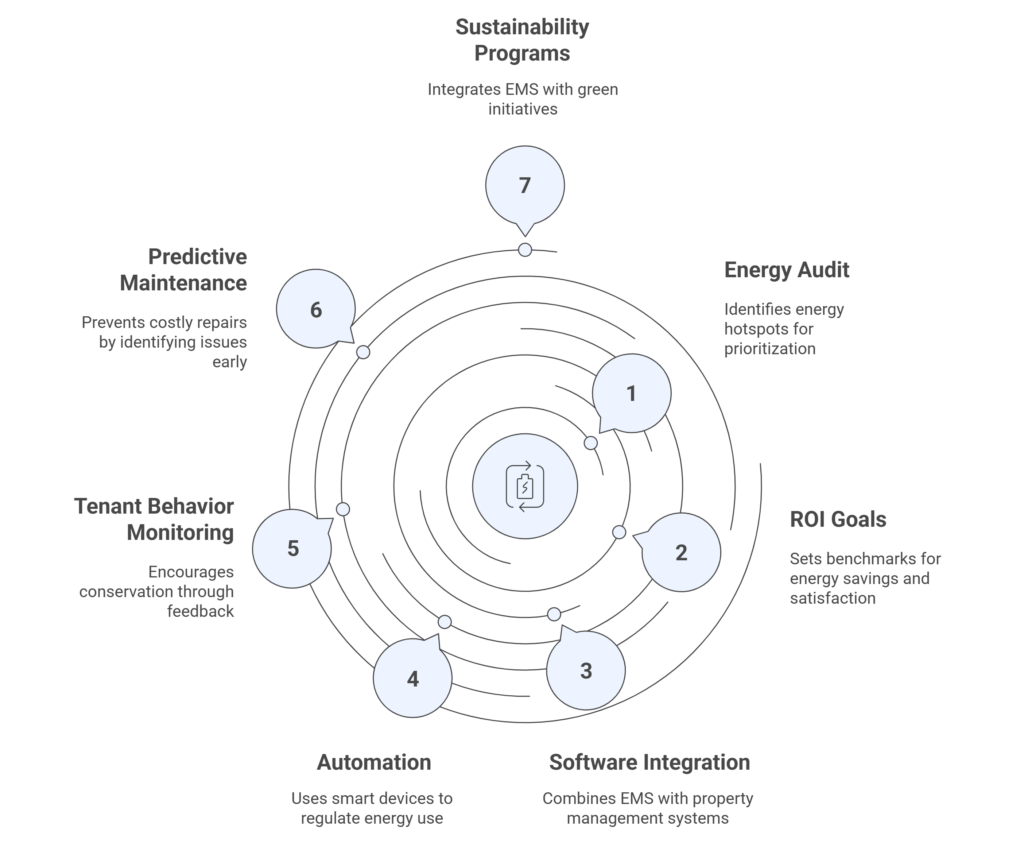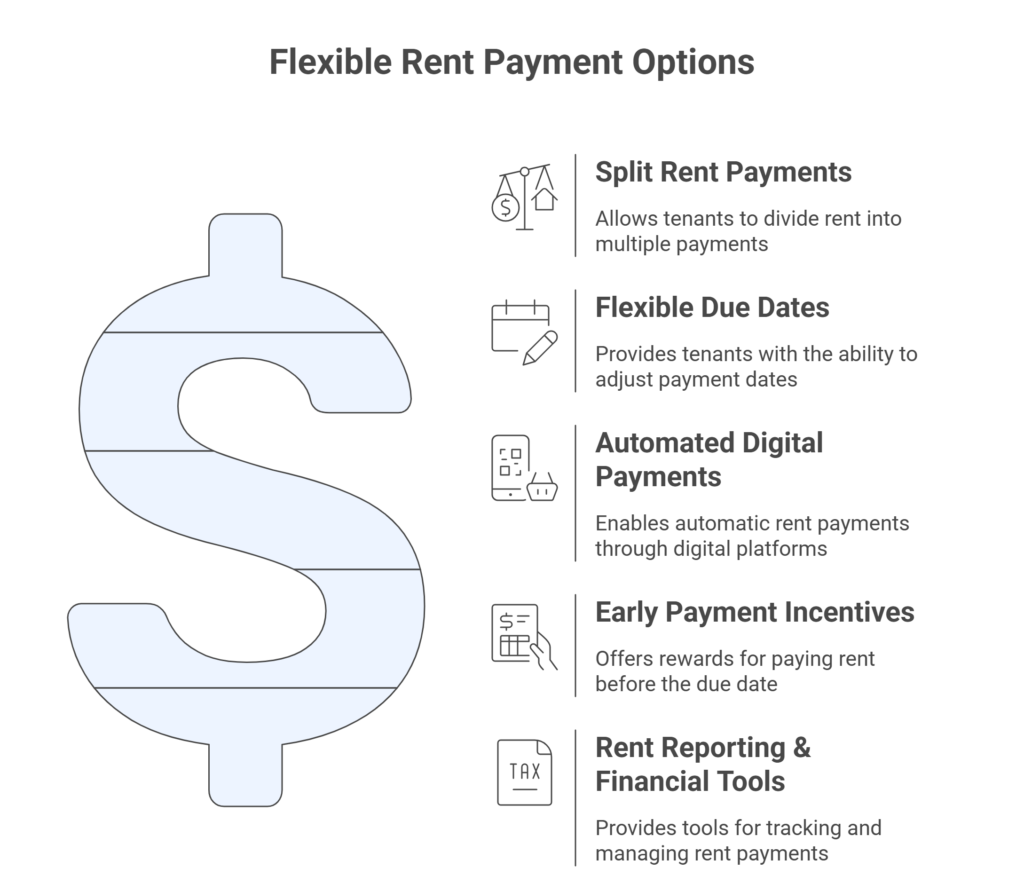5 Security Deposit Alternatives That Reduce Vacancies for Landlords
The traditional security deposit model is quickly becoming obsolete. With only 41% of renters expecting to get their full security deposit back and average deposits reaching thousands of dollars, it’s no surprise that property managers are seeking better solutions.
The bottom line: Properties implementing deposit alternatives have seen significant improvements in occupancy rates, while dramatically reducing administrative burdens. Here’s what every landlord needs to know about the five most effective security deposit alternatives that are transforming the rental industry.
The Traditional Deposit Problem: Why Change is Necessary
Traditional security deposits create significant barriers for both tenants and landlords. Many tenants don’t have that extra cash to cover the typical one to three months’ rent upfront, while landlords face complex administrative tasks and regulatory compliance requirements. Understanding how to improve tenant retention becomes crucial in this environment.
The numbers tell the story: Property managers using alternatives report significantly reduced time-to-lease compared to industry averages that can stretch weeks or months with traditional deposits.
What Are Security Deposit Alternatives?
Security deposit alternatives are innovative rental deposit replacements that allow tenants to move in without paying a large cash deposit upfront. Instead of requiring thousands of dollars upfront, these solutions provide landlords with the same or better protection through insurance, bonds, or other financial instruments.
The movement has gained significant regulatory support. Cincinnati, Ohio, passed the first “Renter’s Choice” law in the U.S., followed by many more municipalities across the country. The federal DEPOSIT Act has been introduced to help cover security deposit costs, showing government recognition of this barrier to housing access.
5 Proven Security Deposit Alternatives That Reduce Vacancies
1. Deposit Replacement Insurance
How it works: Tenants pay a small monthly premium (typically $10-30) instead of a large upfront deposit. The insurance covers damages and unpaid rent, often exceeding traditional deposit amounts.
Vacancy impact: Deposit alternatives can attract more applicants, especially those struggling with significant upfront costs. A larger pool of potential tenants increases the likelihood of filling vacancies quickly.
Key benefits:
- Coverage often exceeds traditional deposits (up to $5,000 or more)
- Monthly payments make rentals accessible to more tenants
- No paperwork around managing deposit accounts
Best for: Multifamily properties with professional management systems, markets with high upfront costs relative to income. This approach works particularly well with multifamily property management software that can handle integrated payment processing.
Propertese Integration: Our platform connects directly with major deposit insurance providers, automatically updating tenant records when they enroll and tracking monthly payments alongside regular rent. You’ll get alerts if payments lapse and can see which properties benefit most from this approach.
2. Surety Bonds
How it works: As an alternative to a security deposit, you can offer a surety bond. An insurance company underwrites these bonds which are non-refundable. The cost is based on a small percentage of the security deposit.
Vacancy impact: By reducing upfront costs to just 10-18% of the traditional deposit amount, surety bonds dramatically expand the pool of qualified applicants.
Key benefits:
- One-time fee instead of ongoing payments
- Lower upfront cost for tenants
- Same protection level as traditional deposits
Considerations: For tenants, the fact that they don’t get their bond fee back is a sticking point. Unlike a security deposit, they don’t get their money back, even if they leave the place spotless.
3. Installment Payment Plans
How it works: Traditional deposits are spread over 3-6 monthly installments, often combined with rent payments.
Vacancy impact: Lower financial barriers make properties more accessible to qualified applicants. Initial rental costs are lower, so more people will be interested.
Key benefits:
- Maintains traditional deposit protections
- No third-party involvement
- Reduces upfront burden without additional costs
- Simpler legal framework
Best for: Smaller landlords, single-family rentals, properties where traditional deposits work well, but upfront costs are the barrier. This approach integrates well with property management accounting systems that can track installment payments.
4. Billing Authorization Programs
How it works: Tenants pre-authorize landlords to charge their accounts for damages after move-out, similar to hotel authorization holds.
Vacancy impact: Zero upfront costs make properties immediately accessible to qualified tenants who lack savings for deposits.
Key benefits:
- No upfront costs for tenants
- Immediate reimbursement for landlords
- Simplified administration
- Charges only occur if damages happen
Considerations: Requires tenants to have available credit or bank account access for potential charges.
5. Hybrid Models
How it works: Combines reduced cash deposits (often 50% of traditional amount) with insurance or bond coverage for additional protection.
Vacancy impact: Offers the best of both worlds – lower barriers to entry while maintaining some traditional deposit benefits.
Key benefits:
- Balances tenant accessibility with landlord comfort
- Maintains partial cash security
- Can be customized based on tenant creditworthiness
- Flexible coverage options
Best for: Landlords transitioning from traditional deposits, properties with mixed tenant profiles, and markets with varying rental demand.
The Financial Impact: Real Numbers from Real Properties
The data on vacancy reduction is compelling. Revolution Rental Management has been sitting at an average of about ten days on the market over the last year. And as we all know, minimal vacancy equals increased ROI for investors.
But the benefits extend beyond just faster leasing:
- Administrative Savings: Managing traditional deposits involves collecting funds, keeping records, and processing refunds, which takes time and costs money. Deposit alternatives make these tasks simpler, cutting down on paperwork and related expenses.
- Broader Applicant Pool: High upfront costs prevent many qualified applicants from accessing rental housing. Alternative approaches can expand the tenant pool significantly.
- Reduced Damage Claims: Industry reports suggest that some property managers experience fewer damage claims at move-out when using alternatives, as tenants know they’ll be directly billed for damages rather than losing part of a pre-paid deposit.
Implementation Strategy: Getting Started with Alternatives
Step 1: Choose Your Platform
Today’s property management works best with integrated tools. Platforms like Propertese offer complete leasing and rental management features that work well with security deposit alternatives.
The Propertese Advantage: With Propertese, you can manage multiple deposit alternatives across your portfolio from a single dashboard. Track which properties perform best with which alternatives, automate tenant communications about their options, and generate reports that show how these alternatives impact your bottom line.
What This Means for Your Business:
- Compare performance across different properties and alternative types
- Automatically generate lease documents with the correct alternative language
- Track tenant enrollment and payment status in real-time
- Generate owner reports showing how alternatives protect their investments
Step 2: Update Your Marketing
Advertising security deposit alternatives in your listings can differentiate your properties in competitive markets. Consider implementing creative rental property marketing ideas alongside these alternatives for maximum impact.
Propertese Marketing Tools: Our property listings and outreach features automatically include your deposit alternative options in listings, calculate and display total move-in costs, and help you track which marketing messages generate the most applications.
Step 3: Train Staff and Update Processes
Make sure your leasing team knows how to explain alternatives to potential tenants. Update your lease agreements and create clear procedures for each alternative type.
How Propertese Helps: Our platform includes built-in training materials and scripts for explaining deposit alternatives. Leasing agents can access comparison charts showing costs and benefits, while our document management system ensures they always use the most current lease templates.
Step 4: Monitor and Optimize
Track key metrics like days on market, application volume, and lease conversion rates. Use these insights to refine your approach and maximize results.
Propertese Analytics: Our comprehensive reporting system tracks vacancy rates by property type, alternative type, and market conditions. You’ll see exactly which approaches work best for your portfolio and can make data-driven decisions about expanding successful programs.
Choosing the Right Alternative for Your Portfolio
The best security deposit alternative depends on several factors:
- Property Type: Multifamily properties typically see the best results with insurance-based alternatives, while single-family rentals may benefit from installment plans or hybrid approaches.
- Market Conditions: In high-demand markets, focus on speed-to-lease benefits. In competitive markets, use alternatives as differentiators.
- Tenant Demographics: Young professionals and mobility-focused renters respond well to low-barrier alternatives, while families may prefer installment options.
- Administrative Capacity: Smaller landlords might prefer simple installment plans, while larger operators can benefit from third-party managed solutions.
Measuring Success: Key Performance Indicators
Track these metrics to measure the success of your security deposit alternative program:
- Days on Market: Target 15-30% reduction
- Application Volume: Expect 20-40% increase in qualified applications
- Lease Conversion Rate: Monitor improvement from application to signed lease
- Tenant Satisfaction: Survey tenants about their move-in experience
- Administrative Time Savings: Quantify time saved on deposit management
For more detailed guidance on tracking performance, check out our article on property management KPIs you should be tracking.
Common Concerns and How to Address Them
“What if tenants don’t pay for damages?”
Most alternatives include collection services and maintain tenant liability. Insurance and bond providers handle collections, removing this burden from landlords.
“Are alternatives legally compliant?”
Reputable providers ensure compliance with local regulations. However, always consult with legal counsel and verify compliance in your jurisdiction.
“What happens if the provider goes out of business?”
Choose established providers with strong financial backing and clear contingency plans. Consider diversifying across multiple providers for large portfolios.
Getting Started: Your Next Steps
- Assess Your Current Vacancy Rates: Calculate the cost of each vacant day to understand potential ROI
- Research Providers: Compare options based on your property type and tenant demographics
- Start Small: Pilot alternatives on a portion of your portfolio
- Monitor Results: Track vacancy rates, application volume, and tenant satisfaction
- Scale Successful Programs: Expand alternatives that demonstrate clear benefits
Conclusion: The Future is Already Here
Security deposit alternatives aren’t just a trend; they’re becoming the new standard. Properties offering deposit-free renting are more attractive to prospective tenants, with government research showing significant barriers created by upfront deposit costs.
The question isn’t whether to implement security deposit alternatives, but which ones will work best for your portfolio. With proper implementation and the right property management software, these alternatives can significantly reduce vacancy rates while improving tenant satisfaction and operational efficiency.
Get started with Propertese today and discover how the right property management platform can make security deposit alternatives work for your business.
Frequently Asked Questions
What happens if a security deposit alternative company goes out of business?
This is a valid concern given the relative newness of the industry. Choose established providers with strong financial backing and insurance coverage. Many reputable companies maintain separate insurance funds or partner with major insurance carriers to protect against insolvency. For added protection, consider working with multiple providers across your portfolio rather than putting all properties under one program.
Are security deposit alternatives legal in all states?
Most states allow these alternatives, but regulations vary significantly. Some states have specific requirements for how alternatives must be structured or disclosed to tenants. California’s Assembly Bill 12 mandates that rental property owners cannot demand or receive a security deposit exceeding one month’s rent, which has accelerated alternative adoption. Always consult local housing laws and consider working with an attorney familiar with landlord-tenant regulations in your area.
Do security deposit alternatives actually reduce property damage?
Counterintuitively, many property managers report fewer damage claims after switching to alternatives. Birdy Properties reports this scenario playing out since they moved away from security deposits two and a half years ago. The theory is that tenants may be more careful when they know they’ll be directly billed for damages rather than losing part of a deposit they’ve already paid.
What if a tenant can’t qualify for deposit alternative programs?
Most alternative programs have their own underwriting criteria, which may exclude some applicants. However, many programs are designed to accept tenants who might not qualify for traditional rentals due to credit issues. If a tenant doesn’t qualify for alternatives, you can still offer traditional deposits or installment payment plans as backup options.
How do I market security deposit alternatives to potential tenants?
Advertising security deposit alternatives in your listings can differentiate your properties in competitive markets. Include specific dollar amounts in your marketing – “Move in for as little as $89” or “No security deposit required” – to grab attention. Be clear about how the alternatives work and what tenants can expect to pay monthly or annually. For more insights on effective marketing, read our guide on why rental listings aren’t converting and how to get more applications.
Are there tax implications for landlords using deposit alternatives?
Unlike traditional deposits, which are held in trust and don’t count as income, some alternative programs may have different tax treatments. Monthly fees paid by insurance companies might be considered income, while traditional deposits are not. Consult with a tax professional familiar with rental property accounting to understand the implications for your specific situation.
What’s the typical claims rate for security deposit alternatives?
Claims rates vary by provider and property type, but many report lower-than-expected damage claims. The exact rates depend on tenant screening, property condition, and local market factors. Reputable providers should be able to share their historical claims data and payout timelines to help you make informed decisions.
Can I use different alternatives for different properties?
Absolutely. Many landlords use different approaches based on property type, local market conditions, and tenant demographics. Luxury properties might use installment plans, while affordable housing might benefit from insurance-based alternatives. The key is matching the right solution to each property’s specific needs and tenant base.







